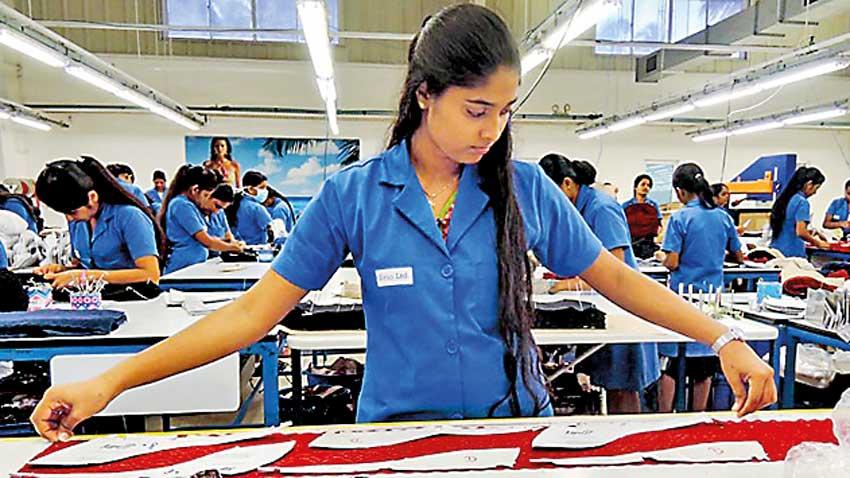15 Jul 2020 - {{hitsCtrl.values.hits}}

By Shabiya Ali Ahlam
Sri Lanka’s apparel sector, which has been undergoing an extremely tough time due to the economic malaise created by COVID-19 pandemic, is yet to see any light at the end of the tunnel with little orders coming from international buyers.
“We are all going through a shortage of orders, this was expected. We expect this to continue till December and hope that we see some recovery starting from January,” Sri Lanka Apparel Exporters’ Association (SLAEA) Chairman Rehan Lakhani told Mirror Business.
Following the opening of the economy after the two-month long lockdown, some manufacturers received orders for masks and safety gowns, which helped them to stay afloat.
However, with the orders for PPE (personal protective equipment) having come to a near close by end-June, apparel sector players are faced with the challenge of remaining open.
According to Lakhani, while the industry is yet to take account of the actual loss incurred, a significant impact is felt.
Payroll being the largest expenditure, as sector players continue to struggle to pay salaries and wages. As a result, in the past two months the industry saw a number of manufacturers following the retrenchment route.
In addition to pay cuts across some levels, and cutting down on the workforce, some larger manufacturers are offering to their employees voluntary retirement schemes (VRS).
Lakhani shared that although the relief package extended by the government assisted in the partial payment of salary for some factories that have obtained the loan, the amount received is not sufficient to cover the total monthly salary.
Apparel sector
“At present the salaries are mostly covered by individual companies. The loan given to the companies has a cap of Rs.25 million, and for most factories, the salaries are much higher than that,” he stressed.
Sri Lanka’s apparel industry provides direct employment to more than 400,000 workers. In 2019, the sector recorded US$ 5.6 billion exports.
With the decline in global demand, the Joint Apparel Association Forum (JAAF) said that this revenue is unlikely in the near future.
According to Central Bank data released this week, textile and garments exports in the first five months of this year declined by 39 percent from a year ago to US$ 1.4 billion.
“At present the salaries are mostly covered by individual companies. The loan given to the companies has a cap of Rs.25 million, and for most factories, the salaries are much higher than that,” he stressed.
Sri Lanka’s apparel industry provides direct employment to more than 400,000 workers. In 2019, the sector recorded US$ 5.6 billion exports.
With the decline in global demand, the Joint Apparel Association Forum (JAAF) said that this revenue is unlikely in the near future. According to Central Bank data released this week, textile and garments exports in the first five months of this year declined by 39 percent from a year ago to US$ 1.4 billion.
17 Nov 2024 9 hours ago
17 Nov 2024 17 Nov 2024
17 Nov 2024 17 Nov 2024
17 Nov 2024 17 Nov 2024
17 Nov 2024 17 Nov 2024